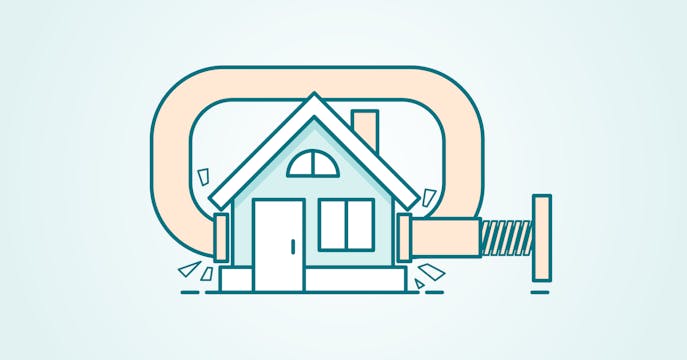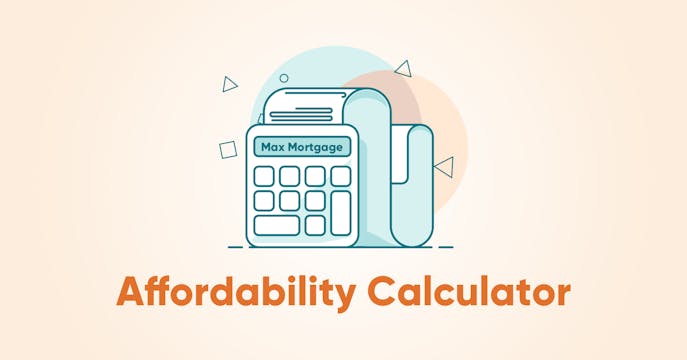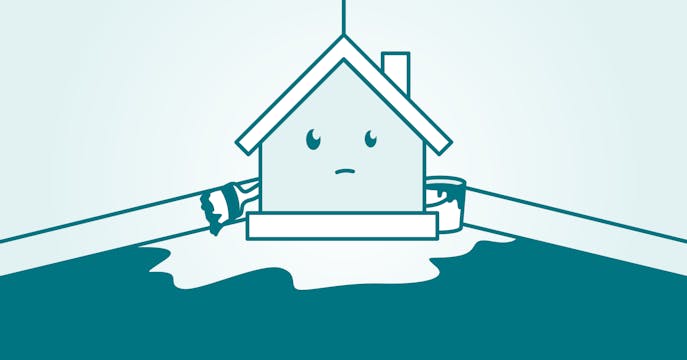The pressure to drop it — worked.
A recent competition watchdog report advocated dropping the renewal stress test.
"Consumer choice and the ability to switch [mortgage] providers lie at the heart of the competitive process.
Unleashing consumers’ ability to switch financial service providers will help foster competition in the sector."
– Strengthening Competition in the Financial Sector, Competition Bureau Canada, March 21, 2024
As interest rates peaked, experts — including True North's founder and CEO, Dan Eisner — began to question why mortgages that had already passed a higher stress test rate should have to pass it again to renew.
The bureau jumped onto the mortgage industry bandwagon, arguing that with Canadians facing economic decline (due to the Bank of Canada's rapid rate-tightening cycle), struggling homeowners should be able to switch to save some money to reduce higher mortgage payments at renewal.
It argued that putting consumers first for the right of competitive choice prioritizes a healthier consumer environment and that too-rigid mortgage standards can work against the nature of a capitalist-based economy.
Why drop this stress test requirement now?
The government body, OSFI, is not about borrower's rights. It exists solely to protect Canada's banking infrastructure (considered the 'safest' globally) and rarely yields to political pressure.
Previously, OSFI had taken a relatively hard line about 'not' removing the uninsured mortgage stress test requirement to ensure bank protection.
Its decision to finally remove it for straight, stand-alone uninsured switches is based on the current state of the economy — with a predicted enduring phase of interest-rate easing by the Bank of Canada no longer requiring such a restrictive stance:
"We are listening to what we have heard from the industry and from Canadians about the imbalance between insured and uninsured mortgagors at the time of mortgage renewal ...
...the prudential risks that this [uninsured requirement] was intended to address have not significantly materialized."
- OSFI comments to MortgageLogicNews.ca
Will you actually see better rates at renewal?
One industry expert suggests that OSFI's restrictive uninsured policy blocked over 10% of switches, which likely worsened as interest rates reached a 23-year high by mid-2023.
This sudden OSFI change should encourage bank competition — both in trying to keep your business and with other lenders trying to win it away.
Dave Church, a long-time True North Mortgage broker, thinks the switch change will help open up more savings options for his clients:
"It's been a challenge qualifying clients to switch under the current stress-test regulations, even when the new rates and payments are better for them," Dave says. "We anticipate this change will make that process easier for homeowners and encourage lenders to be more competitive with uninsured rates."
What are your potential savings with a switch?
For example, for a $500K uninsured mortgage (original 25-year amortization), securing a rate that's even 0.20% lower could save you thousands over your term:
- Not switching lenders and paying a 5-year fixed rate of 5.20% – Monthly mortgage payment is $2,965
- Switching for a better 5-year fixed rate of 5.0% – Monthly mortgage payment is $2,908
- The savings gain over the term is over $4,800, including freeing up an extra $57 per month
The point is that being able to switch lenders could save homeowners more cash — especially for those who may really need the budget room.





